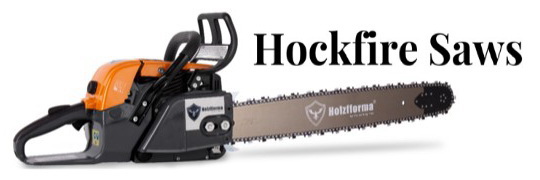OnlyStihl
Super OPE Member
I have used my HVLP Spray Gun a modest amount. Mostly for oiling the log cabin. I've got quite a bit of things I need to get painted this spring once the weather warms up.
Q: What are the advantages of a Spray Gun, vs a Rattle can? Certainly, being able to mix and get a precise color, but that is not so important to me. Seems there might be more waste with the Spray Gun, as you can't just pour it back into the can as you most likely had to add some solvent to get the paint to flow right. So, what else is there to take into consideration?
Q: What are the advantages of a Spray Gun, vs a Rattle can? Certainly, being able to mix and get a precise color, but that is not so important to me. Seems there might be more waste with the Spray Gun, as you can't just pour it back into the can as you most likely had to add some solvent to get the paint to flow right. So, what else is there to take into consideration?






